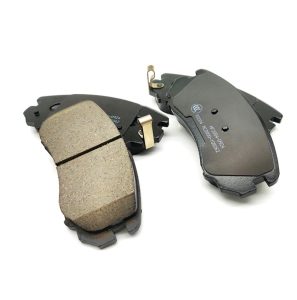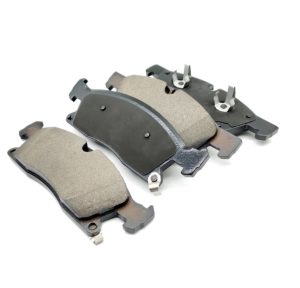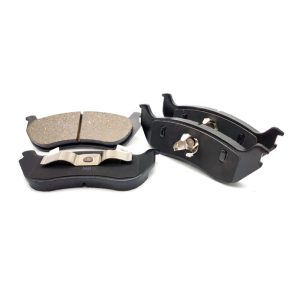


When it comes to replacing brake pads on your vehicle, it can be overwhelming to choose the right type. There are several different types of brake pads available, each with its own advantages and disadvantages. In this article, we will discuss the different types of brake pads and help you determine which is best for your vehicle.
Organic Brake Pads:
Organic brake pads are made from natural materials such as glass, rubber, and Kevlar. They are the most common type of brake pad and are often used in everyday vehicles. Organic brake pads are affordable and provide a quiet and smooth ride. However, they tend to wear out faster and produce more dust than other types of brake pads.
Ceramic Brake Pads:
Ceramic brake pads are made from ceramic fibers and other materials. They are known for their durability and longevity, making them a popular choice for high-performance vehicles. Ceramic brake pads also produce less dust and noise than organic brake pads. However, they are more expensive and may not be suitable for all types of vehicles.
Semi-Metallic Brake Pads:
Semi-metallic brake pads are made from a combination of metal fibers and other materials such as graphite and copper. They are durable and provide excellent stopping power, making them a popular choice for heavy-duty vehicles such as trucks and SUVs. However, they tend to be noisy and produce more dust than other types of brake pads.
Which Brake Pad is Best for Your Vehicle?
The type of brake pads that are best for your vehicle depends on many factors, including your driving style, vehicle type and budget. If you drive a standard vehicle for everyday use, organic brake pads are a good choice. If you own a high-performance vehicle or frequently drive in extreme conditions, ceramic brake pads may be a better choice. Semi-metal brake pads are a good choice for heavy vehicles.
How to Replace Brake Pads:
Replacing brake pads is a relatively simple process that can be done at home with the right tools and instructions. Here are the basic steps for replacing brake pads:
1. Lift the vehicle and remove the wheel.
2. Remove the caliper and brake pads.
3. Install the new brake pads.
4. Reinstall the caliper and wheel.
5. Test the brakes to ensure they are working properly.
In my view, choosing the correct type of brake pads for your vehicle is important for both safety and performance. If you’re not sure which type of brake pads are best for your vehicle, consider the factors above and consult a mechanic or brake specialist. Always follow the manufacturer’s instructions and take the necessary safety precautions when replacing brake pads.

